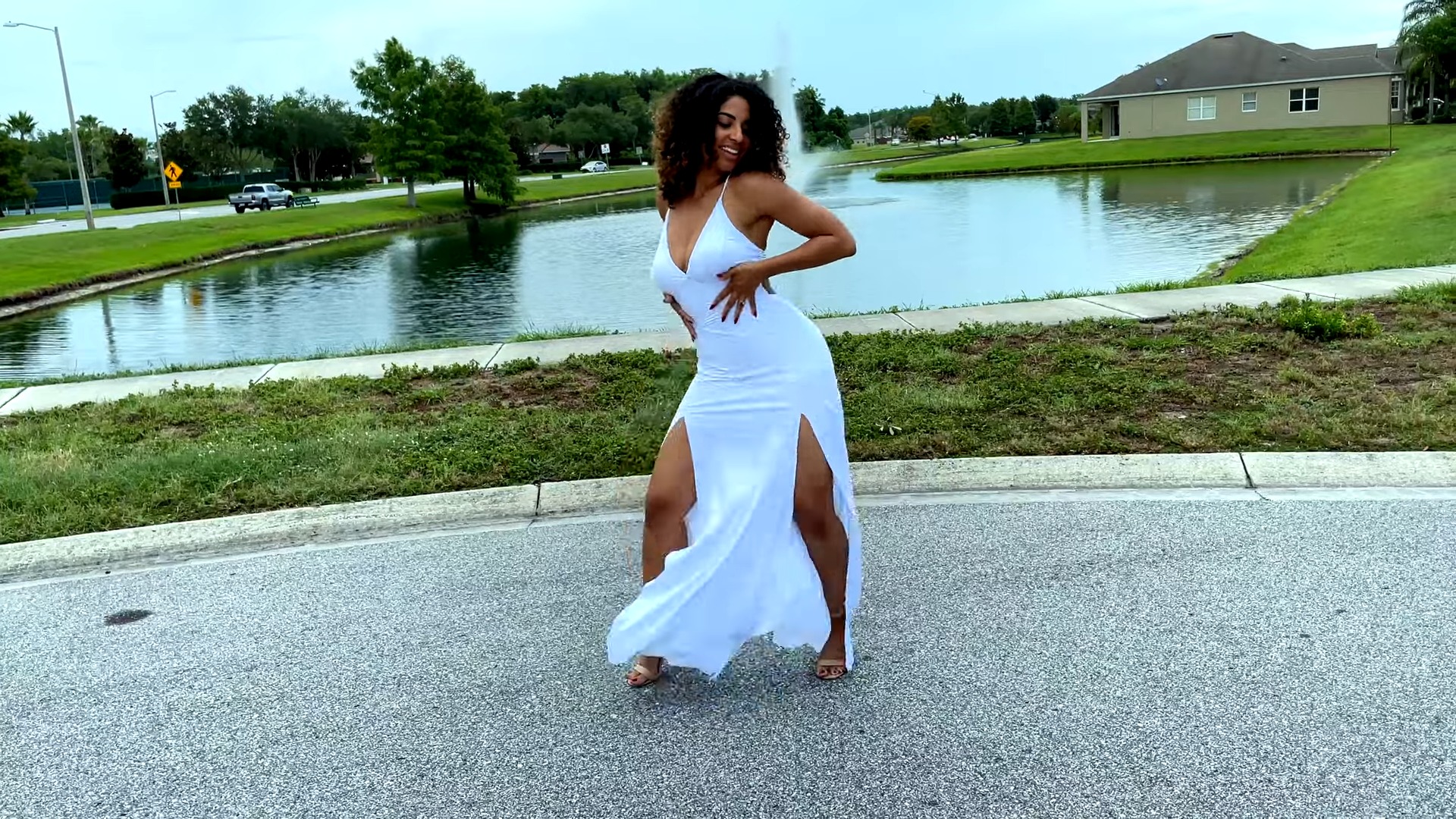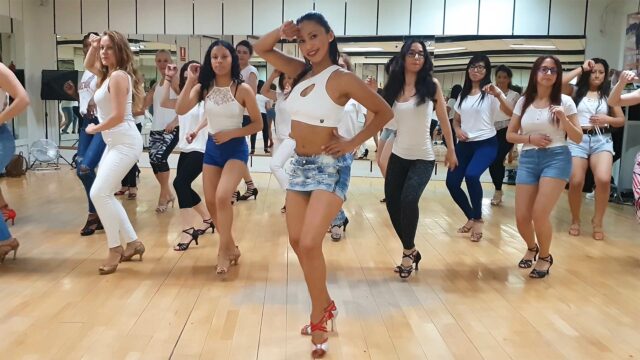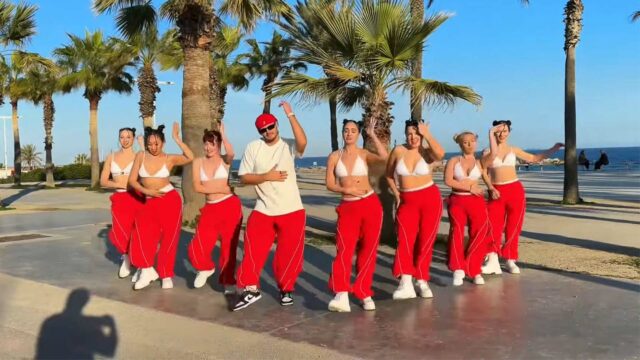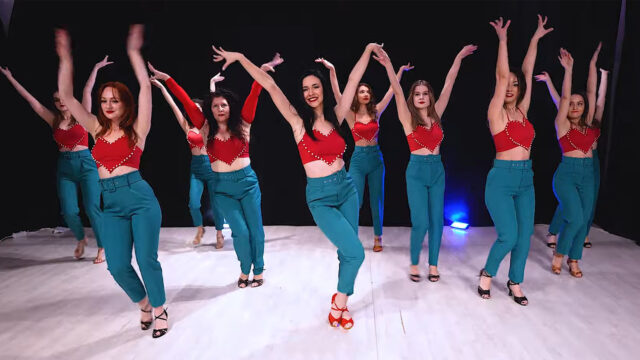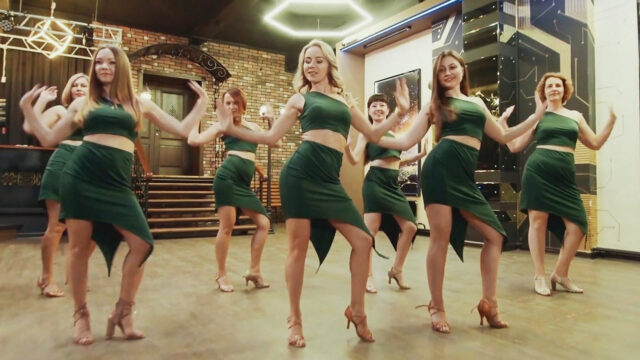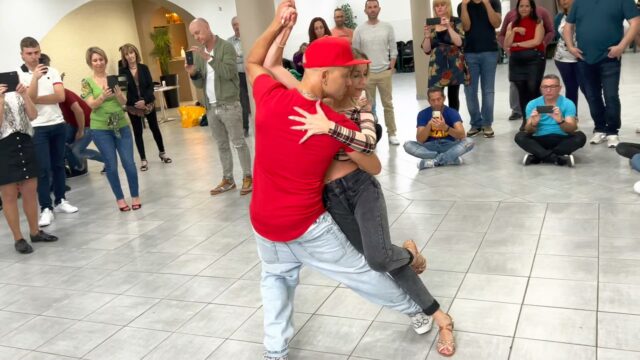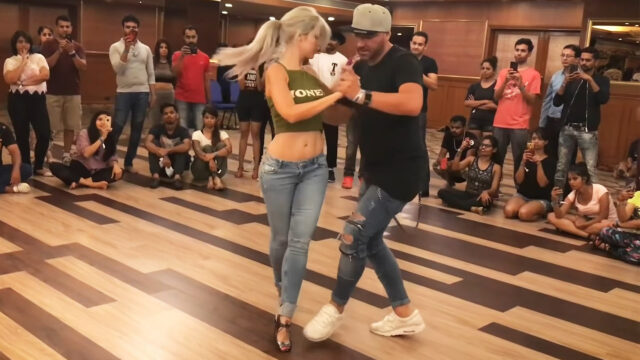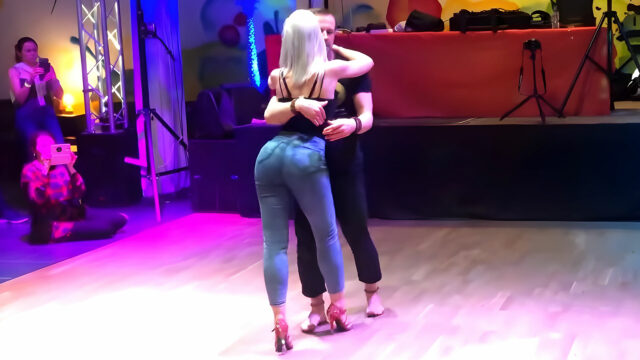If you’re new to this, Bachata is a popular Latin dance that originated in the Dominican Republic in the early 20th century. It is characterized by its sensual hip-swaying movements and close partnerwork. The music is typically played with a combination of guitar, bass, and percussion instruments, and has a strong emphasis on the rhythm section. However it is often danced solo, check out this video from La Alemana as an example:
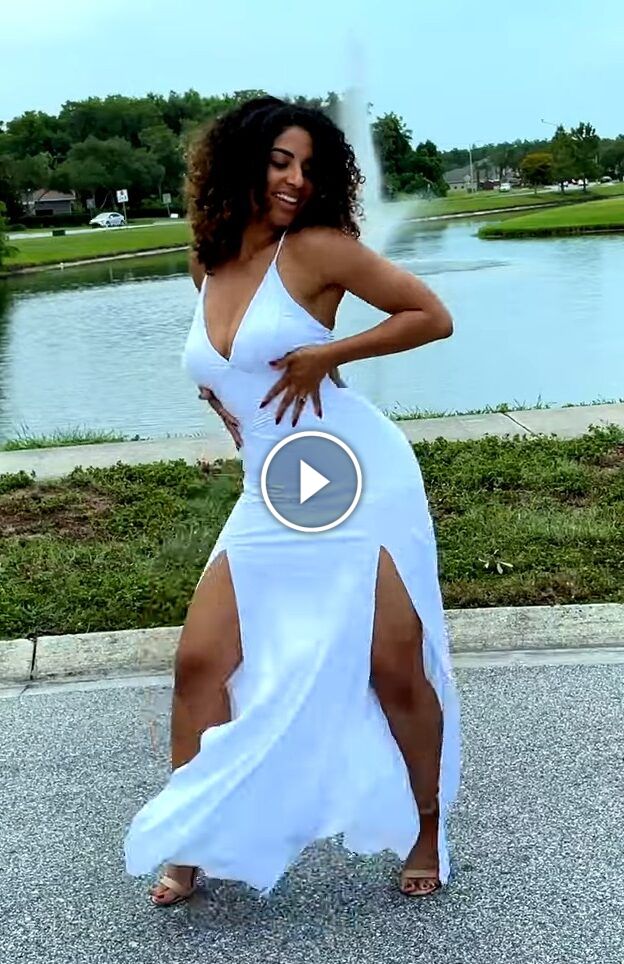
Benefits of dancing solo
Dancing bachata solo, often referred as Bachata Lady Styling or Men Styling, can be beneficial for a number of reasons. First, it allows dancers to focus on their own technique and movement without the pressure of being in sync with a partner. This can be especially helpful for beginners who are still learning the basics. Additionally, it helps dancers develop their own personal style and expression. Moreover, it can help build confidence, as you are the only one in charge of the combinations, hand styling and footwork. For those who are not comfortable dancing in a close partnerwork, going solo can be an alternative to enjoy the music and the dance.
- No Dance Partner? Try Lady Styling Classes Instead!
- Sunny Bachata Solo Choreography by Elza Khamatullina and Her Team
- Valentine’s Day Dance Ideas for Single Ladies
Understanding the basics
To dance bachata solo, it is important to first understand the basics of the footwork and rhythm of the dance. Basic steps are the foundation of any dance form as without a solid basic foundation it is impossible to master more complicated movements or choreography. Practice them until they become second nature and you are comfortable with the feel of the dance. Youtube has plenty of videos to help you get started.
In addition to the basic steps and turns, it’s also important to understand the rhythm of the music. Bachata music has a strong emphasis on the rhythm section, which includes the drums and percussion instruments. Listen to bachata songs and familiarize yourself with how the patterns change from one song to the next.
To develop a sense of timing and flow while dancing bachata solo, it’s essential to practice regularly and to know the songs you’re dancing to. Another tip is to practice the steps in front of a mirror. This will allow you to see how your body is moving, and you’ll be able to make adjustments to your timing as you go.
In addition, you can also practice dancing with the music and letting yourself move freely without worrying about specific steps. This exercise helps develop a sense of bachata which ultimately will let you find your own style which is crucial if you want to be great at it. This leads us to my next point…
Incorporating style and expression
Once you have a solid understanding of the basics of bachata’s footwork and rhythm, you can start to incorporate your own personal flair and style into your solo dance. One way to do this is by experimenting with different arm and hand movements adding turns, body waves, shimmies or isolations.
Another way to add personal flair to your dance is to experiment with different footwork variations syncing them with musical accents of specific songs. For example you can try adding kicks instead of taps on the fourth beat or incorporating a syncopated step pattern or come up with lots of other variations to keep your dance interesting and engaging.
Incorporating style and expression is not limited to just physical movement, but also involves interpreting the music and expressing emotions through your dance. One way to do this is by paying attention to the lyrics of the song and letting them inspire your next step. For example, if the song is about heartbreak, you might want to express sadness or longing in your movement. Likewise, if the lyrics are about being in love, you might dance more passionately with a smile on your face and so on…
Another way to interpret the music and express emotions is by paying attention to the different instruments and how they are used in the song. As an example, if the guitar is prominently featured, you might want to incorporate more fluid, flowing movements syncing them with the rhythm of the specific instrument you chose to follow.
To develop your own style and expression, it’s important to practice regularly and to experiment a lot with different songs and techniques. It’s also helpful to watch videos of other dancers and take inspiration from them.
Building a choreography vs Improvising
Building a choreography and improvising are two different approaches to dancing bachata solo. Building a choreography involves creating a specific sequence of steps and movements that make up a complete dance routine, while improvising involves dancing in the moment without any pre-planned combinations in mind.
Building a choreography can be useful for dancers who want to perform in front of an audience or compete in a dance competition. It allows them to create a polished and cohesive dance that tells a story or expresses a theme. Additionally, it can be a great way for dancers to challenge themselves and push the limits of their technique.
On the other hand, improvising can be a fun and liberating way to dance bachata solo. It allows us to let go of any preconceived notions of what the dance should look like and to simply let bodies move to the music. As I mentioned earlier it can also be a great way for dancers to develop their own style and build their confidence on the dance floor. Both building a choreography and improvising have their own unique benefits, and many dancers do both.
Practice and Performance
Practice is essential for any dancer, whether you’re building a choreography or improvising. It’s important to set aside dedicated time for it, whether it’s just a few minutes a day or longer sessions several times a week.When practicing pay attention to your performance skills because when it comes to dancing solo, stage presence is key. This includes things like maintaining good posture, making eye contact with the audience, and using facial expressions and gestures to convey emotions and tell a story.
As a final note, it’s important to remember that learning how to dance bachata solo is an ongoing journey. There will always be room for growth and improvement so don’t be afraid to push yourself out of your comfort zone and continue learning and expanding your skills. With dedication and practice, you’ll have everything you need to become a confident and expressive solo bachata dancer.
If you enjoyed our today’s video, you are more than welcome to share it with your friends and let them know what you think about it. Also, consider checking out our most recent posts and stay in touch. Cheers!
